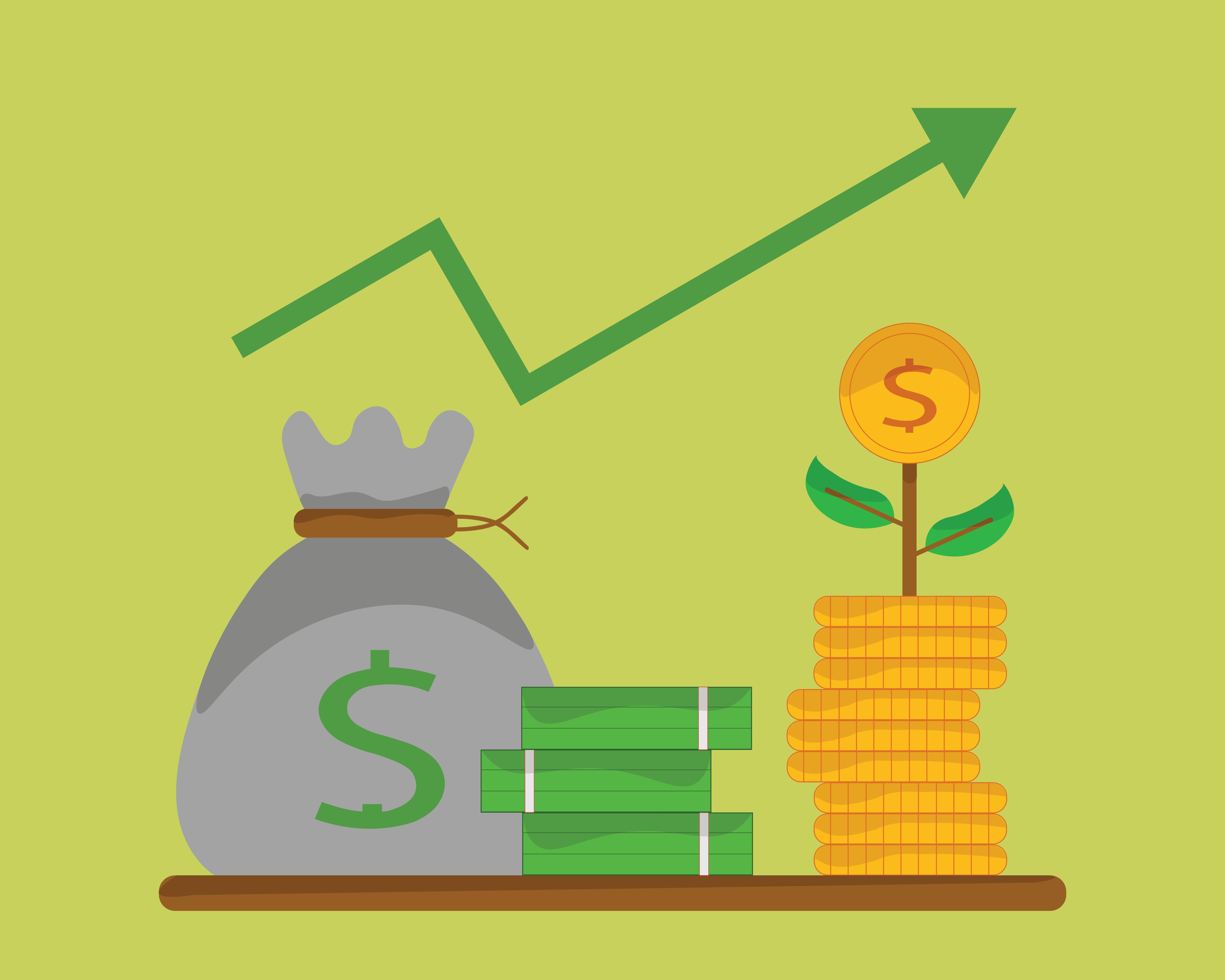
Discover how 2026 cash flow forecasting tools like Cash Flow Frog turn uncertainty into strategy with real-time insights and automation.
Cash flow forecasting once felt like guesswork: static spreadsheets, late updates, and that sinking feeling when confidence fades. But 2026 will change the game.
With modern cash flow forecast software like Cash Flow Frog, finance leaders will now see risks before they hit, not after. Real-time dashboards highlight shortfalls, reveal patterns, and keep your next move clear.
If you manage a company’s finances, you already know that uncertainty isn’t the enemy, but blind spots are.
Here’s how smarter cash flow forecasting tools turn stress into strategy, and help you run your business with calm precision.
Why 2026 Demands a Smarter Look at Cash Flow
Markets are not very predictable. The prices change without prior warning, payment to clients is delayed and world events affect the operations within days. In the case of small and mid-sized companies, particularly SaaS, eCommerce, and service providers, reactive forecasting puts you on the back foot.
In its place, businesses require weekly or bi-weekly predictions running on real-time statistics that identify problems promptly. You just need previous indicators to predict.
By accessing data on accounting, banking and sales sites in real time, your system will serve as an early-warning system, which will enable you to predict and respond quickly.
From Static Spreadsheets to Dynamic Dashboards
Spreadsheets once served finance teams well, but today, they create friction instead of clarity.
Where they fall short:
- Hidden formula errors distort reality
- Manual entry delays insights and creates version confusion
- No real-time context from external data (like late payments or supplier cost increases)
In comparison, dynamic dashboards are connected to real-time financial data, enabling finance teams to be responsive.
These systems remove manual systems and the possibility of error and allow teams to concentrate on strategy rather than clean up.
The Tools That Will Define Cash Flow Forecasting in 2026
The contemporary business forecasting tools are integration-based and transparent. They unify payroll, invoices, bank feed, and projection data and create a unified picture that is being updated on the fly.
A good example is Cash Flow Frog. It integrates effortlessly with your accounting software, visualizes the flow of cash across entities and is automatically updated, without needing exports, reformatting, or manual adjustments. This simplicity of access will ensure that the decision-makers have a secure picture of their cash state even in turbulent times.
Tactical Shifts for Stronger Forecasting Accuracy
Forecast accuracy is built through a process. Here are four high-impact adjustments to improve precision:
- Use rolling short-term windows. Apply 7-, 14-, and 30-day forecasts to catch changes early.
- Automate data inputs. Connect ERP, banking, and payroll systems for always-fresh numbers.
- Segment your receivables. Break them down by client or region to uncover patterns in payment delays.
- Update continuously. Replace static quarterly updates with rolling forecasts that evolve with incoming data.
Even a modest reduction in error, such as improving your Mean Absolute Percentage Error (MAPE) from 8% to 5%, can significantly improve financial planning and reduce operational stress.
The Human Factor: Strategy Over Spreadsheets
Technology delivers data, but people deliver decisions. The best finance teams blend automation with intentional, recurring review.
Here’s a simple habit to adopt:
Your 15-Minute Friday
- Open your 14-day rolling dashboard
- Review forecast vs. actuals and identify major surprises
- Flag one late payment to chase or one cost trend to explore
- Note one key lesson to inform next week’s decisions
This reflection loop keeps your forecast actionable and ensures your team is not just observing trends but learning from them.
Making the Right Tools Work for You
Choosing a system isn’t about features but about fit. Look for platforms that:
- Seamlessly integrate with your existing accounting software
- Offer clear, customizable dashboards
- Automate updates with minimal setup
- Support collaboration across departments
Once implemented, make your dashboard part of team conversations. Use it to guide regular check-ins, scenario reviews, and executive decisions.
When everyone shares a clear view of liquidity, it becomes easier to align around strategy.
This is where forecasting tools for business turn into more than software. They become shared languages for alignment and growth.
Habits of High-Performing Teams
Top-performing finance teams don’t just forecast and build a system around it.
Here’s what they prioritize:
- Centralizing data sources
- Assigning clear roles for updates and follow-through
- Automating recurring imports and reporting cycles
- Modeling both best- and worst-case scenarios
- Revisiting assumptions monthly to reflect evolving conditions
These aren’t complex behaviors, but when applied consistently, they turn forecasting into a discipline, not a chore.
In Conclusion
The financial landscape in 2026 favors companies that prioritize visibility, speed, and collaboration. Spreadsheets no longer meet that standard, but connected platforms like Cash Flow Frog do.
With effective forecasting tools for business and sound practices, you make cash flow forecasting a powerful engine that makes your business swift and knowledgeable.
Finance leaders who support automation are not solely handling cash, but they are making smarter and faster decisions. Start small, stay curious, and allow your prediction to artificially grow with your business.
Was this news helpful?








 Yes, great stuff!
Yes, great stuff! I’m not sure
I’m not sure No, doesn’t relate
No, doesn’t relate



